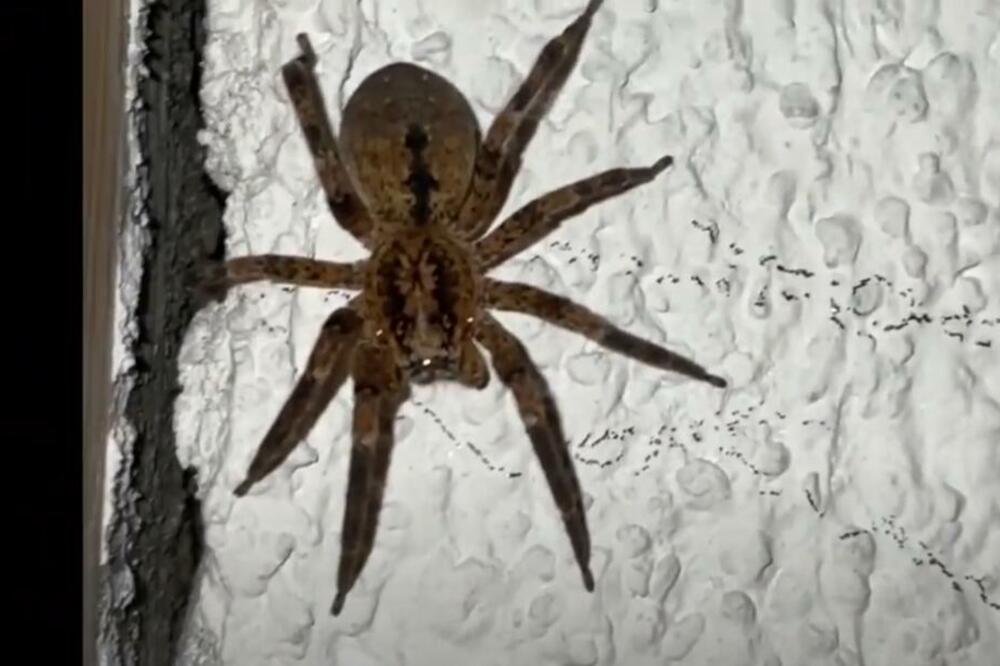The spider Nosferatu has been frequently written about in the German media in recent years, not only because of its effective German name, but mainly because of its imposing size: the body itself can reach almost two centimeters, and the span of its eight legs - up to six centimeters. In addition, it belongs to the spiders that bite.
And now, in a study by the German Association for the Protection of Nature (NABU), published in the journal "Frontiers in Arachnid Science", it was found that this spider has spread throughout Germany at a dizzying speed in the last two years, and much more than previously thought.
Where did this spider come from in Germany?
Until 20 years ago, Zoropsis spinimana, as its scientific name reads, lived only in the Mediterranean region. However, in the meantime he also conquered the north – probably initially as a stowaway in traffic. He became a profiteer of climate change. It was first discovered in Freiburg in 2005, a city considered the hottest in Germany.
It is the second largest spider species in Germany. Due to the typical patterns on the front of his body, he was named "Nosferatu" in Germany, after the famous German movie vampire.
Is he dangerous?
Nosferatu is one of the few spider species in Germany that can bite through human skin. It is poisonous, but, in principle, almost all spiders are poisonous and use their poison when hunting. But this is not a cause for alarm: Nosferatu venom is not dangerous to humans.
Those bitten by it described the bite as being about as painful as a wasp, bee or mosquito sting. It is dangerous when it bites someone with an allergy.
If you are bitten by a spider, cool the affected area and seek medical help if an allergic reaction occurs.
Nosferatu likes to be warm
In Southern Europe, for example in Istria, or North Africa, the Nosferatu spider lives in forests that are not dense and likes to hide under the bark of trees and stones during the day.
So far in Germany, he has usually been seen indoors – probably because he likes to be warm. But perhaps it is simply easier to spot in a house or building than in nature.
Nosferatu is active at night and hides during the day. A special feature is that it can walk and hold itself - vertically - on glass, for example on a window. He has sticky hairs on his legs. He likes to climb and has been found several times on the 3rd-4th floor.
The Nosferatu spider belongs to the hunting spider family, but it does not build webs to catch its prey. No, he stalks his prey motionless, and then attacks in a flash.
But it's not that Nosferatu can't spin threads: after mating in the fall, the female spins a bluish cocoon around her 20 to 50 eggs and then keeps them until her death. The spiders hatch after about four to six weeks.
What if you find it in an apartment, house or garage?
If you come across a Nosferatu spider in your apartment, don't panic. Of course, direct contact should be avoided.
This spider can also be easily but carefully taken outside. Cover it, for example, with a glass or a jar, put thin cardboard underneath and safely take the spider outside, NABU recommends - because spiders are useful in nature. To some extent, it can even be useful in the house: it eats flies, butterflies and other spiders.
If you want to keep him away from you: the Nosferatu spider can't stand the scents of lavender, mint, eucalyptus, cinnamon, citrus and chestnut.
Bonus video:





